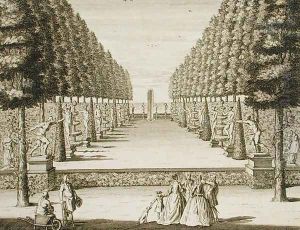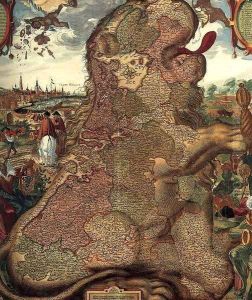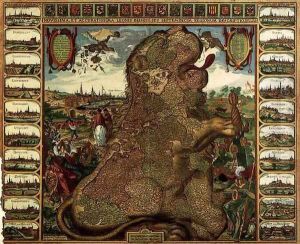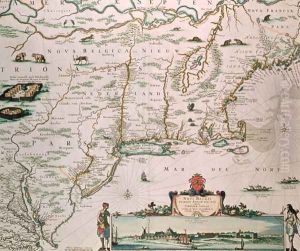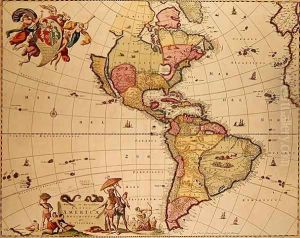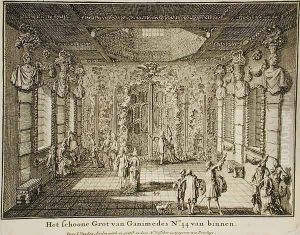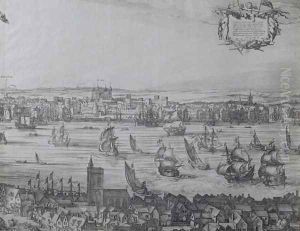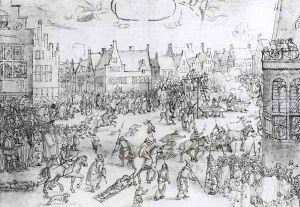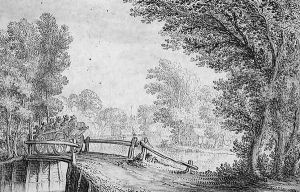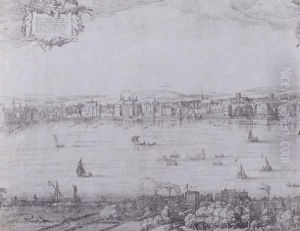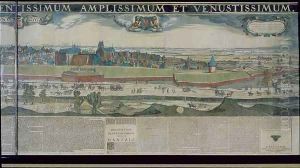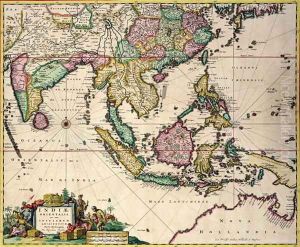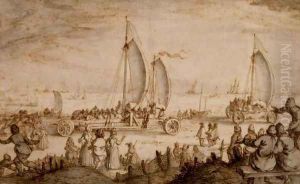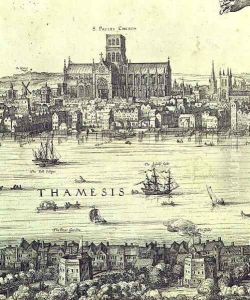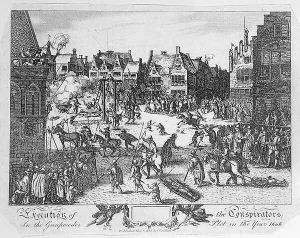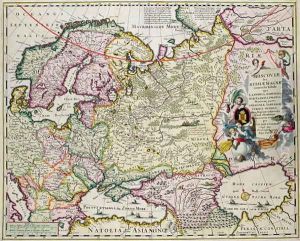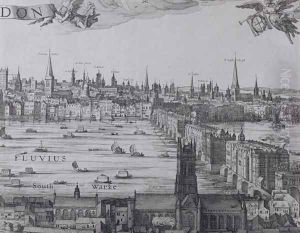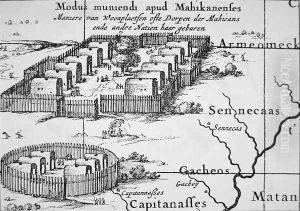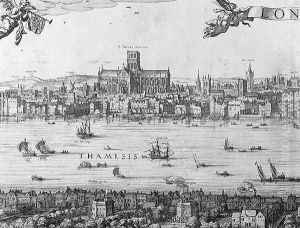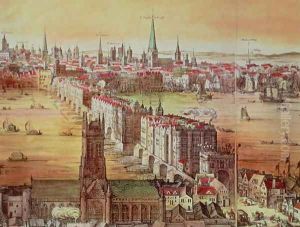Nicolaes (Claes) Jansz Visscher Paintings
Nicolaes Jansz Visscher, commonly known as Claes Jansz Visscher, was a Dutch draftsman, engraver, and cartographer. He was born into a family of artists in Amsterdam in 1587. His father, Jansz Visscher, was also an engraver and publisher, which provided Nicolaes with a robust artistic environment from a young age.
Visscher's career was primarily focused on the production of maps and atlases. He established his own business and became renowned for his cartographic skills and the high quality of his work. Visscher's maps were not only accurate but also artistically decorated, often including elaborate cartouches and scenes reflecting the culture and life of the time.
In addition to maps, Visscher also created a number of topographical works and cityscapes, which today provide valuable historical insights into the landscapes and urban settings of the 17th century. His depictions of cities are among his most acclaimed works, with detailed renditions of buildings and daily life.
Visscher contributed significantly to the so-called Golden Age of Dutch cartography, a period when Dutch mapmakers led the world in quality, quantity, and influence. He also played a crucial role in the development of the decorative map border, which became a hallmark of Dutch maps during this period.
Nicolaes Visscher passed away in 1652, but his legacy continued through his son, Nicolaes Visscher II, who carried on his father's business and maintained the family's reputation for high-quality cartographic work. The Visscher family's maps remained in demand for many years, their business flourishing through successive generations and leaving a lasting imprint on the history of cartography.
